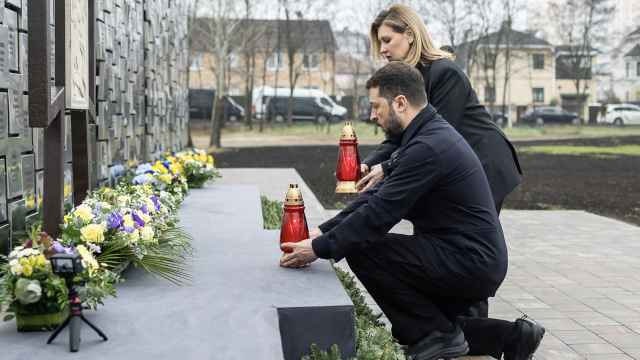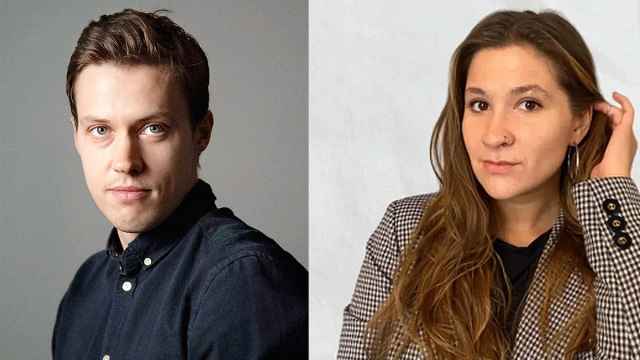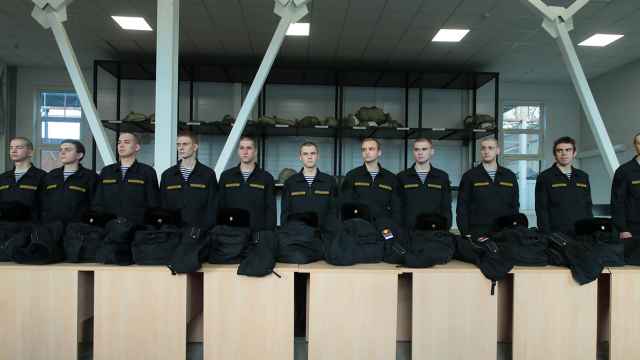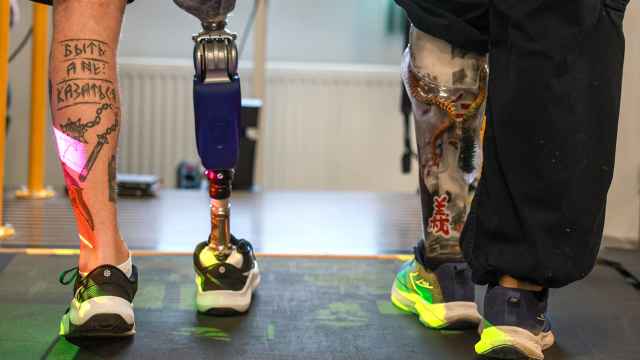The birth rate in Russia grew 30 percent since 2007, the Minister of Labor and Social Protection Maxim Topilin said on Wednesday.
In his interview with the Ekho Moskvy radio station, the minister attributed the trend in part to the introduction of the so-called "maternity capital" on January 1, 2007.
"During this period, the birth rate increased by 30 percent," Topilin said without giving the exact figures. Growth was attributed "to the introduction of the maternity capital, among other things."
In a bid to encourage families to have more than one child, all women who gave birth to their second child after January 1, 2007 are eligible for a government-issued benefit of almost 409,000 rubles (about $12,600).
The benefit is not paid in cash, but parents can spend the money to improve their housing conditions, pay for their children's education or put the money towards a pension.
A Message from The Moscow Times:
Dear readers,
We are facing unprecedented challenges. Russia's Prosecutor General's Office has designated The Moscow Times as an "undesirable" organization, criminalizing our work and putting our staff at risk of prosecution. This follows our earlier unjust labeling as a "foreign agent."
These actions are direct attempts to silence independent journalism in Russia. The authorities claim our work "discredits the decisions of the Russian leadership." We see things differently: we strive to provide accurate, unbiased reporting on Russia.
We, the journalists of The Moscow Times, refuse to be silenced. But to continue our work, we need your help.
Your support, no matter how small, makes a world of difference. If you can, please support us monthly starting from just $2. It's quick to set up, and every contribution makes a significant impact.
By supporting The Moscow Times, you're defending open, independent journalism in the face of repression. Thank you for standing with us.
Remind me later.





